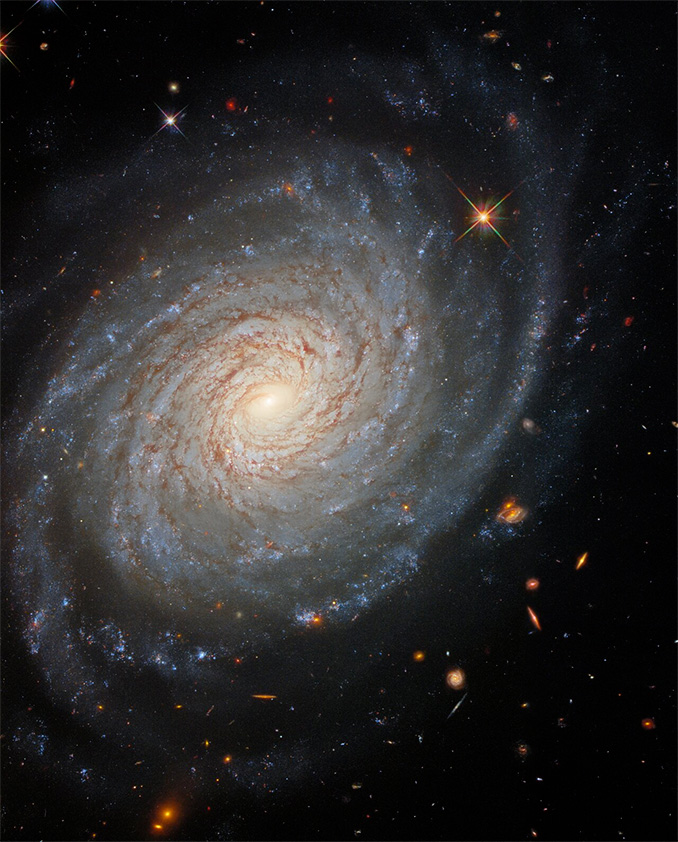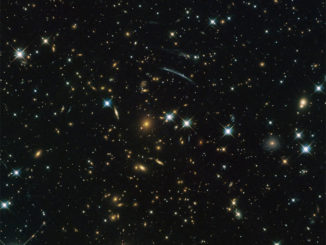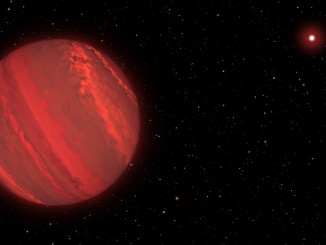One hundred fifty million light years away, spiral galaxy NGC 976 slowly spins in space, presenting a near face-on view of its tightly-wound arms as seen from Earth. Despite its tranquil appearance, NGC 976 has hosted supernova blasts that have helped astronomers more precisely measure the distances to this and other galaxies by calibrating the brightness of both type 1a supernovae and pulsating Cepheid variable stars. This spectacular image was captured by the Wide Field Camera 3 aboard the Hubble Space Telescope. Click on the image for a larger view.




